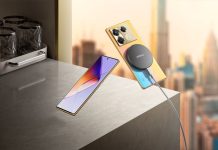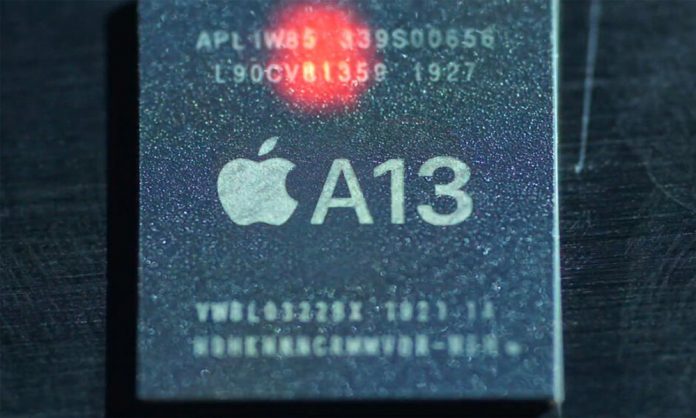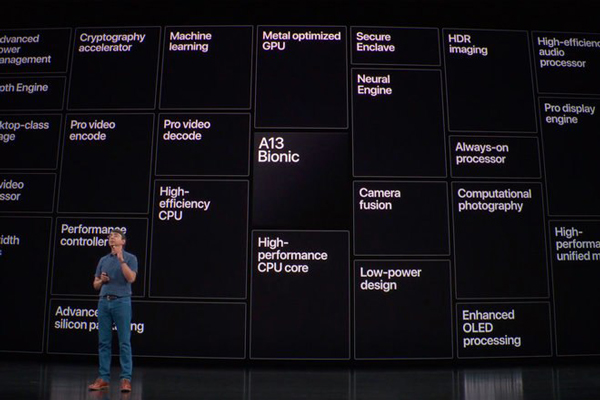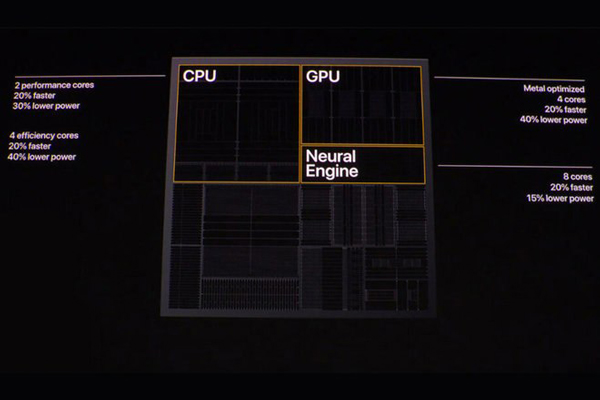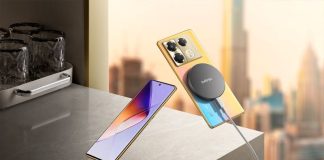Apple announced the next-generation A-series SoC (System on Chip) at the September event, but what does the new iPhone platform actually bring to the party?
Of course, Apple described the A13 Bionic 64-bit A13 Bionic as “The fastest CPU and GPU ever made in a smartphone”, but until we see some benchmarks, we can’t figure out how true that is.
Apple showed a graph on the screen at launch putting a performance on the front of Qualcomm Snapdragon 855 inside the US version of Galaxy S10 + and Kirin 980 inside Huawei P30 Pro, but at this point, we have to take it with a little salt until the benchmarks appear.
It will be interesting to know how it will perform against the upcoming Kirin 990 inside the upcoming Huawei Mate 30 Pro – which will provide more clues on how to compare the iPhone 11, iPhone 11 Pro and Pro Max to the upcoming flagship phones.
Like all SoCs smartphones, the A Series of Silicon is based on ARM designs, and there are some of the most common elements on other phone platforms. A12 Bionic last year has already entered the 7nm production process and is now being used by other companies such as Huawei HiSilicon.
The power of the A13 Bionic comes from the 18 cores in use that all give 20 percent more power to the A12 Bionic – there are six cores in the Apple CPU-designed ARM core, four GPU cores, and an eight-core NPU – a neural processor that powers AI tasks. , Like Siri, with a six-fold increase in its ability to process instructions.
Overall, the A13 Bionic has about 6 percent speed compared to A12 Bionic last year.
Four of the six CPU cores (called Thunder) are dedicated to basic processes that don’t require a lot of computational power – think of basic web browsing or making calls – while there are two cores (called lightning, see what they did there) for overall performance. And out when you tax the phone. CPUs and GPUs use 30 to 40 percent less power than their equivalent A12 Bionic last year.
How to be A13 Bionic more energy efficient
Apple’s head of silicon engineering Sribalan Santhanam said during Apple’s event that the new silicon actually depends on the second generation of the 7nm process (actually down to the manufacturer TSMC). This gives the energy efficiency we talked about earlier – Apple cited battery life gains for all new iPhones on last year’s models as a result, generally giving a few hours of battery life.
Santanam also talked about being able to manage energy better by going to different areas of each nucleus.
There are more transistors on the die, too; 8.5 billion versus 6.9 billion on the A12 Bionic. Santanam said – somewhat predictably – that the A13 Bionic is Apple’s “most efficient” phone hardware to date. In contrast, the Kirin 990 has 10.3 billion transistors across eight CPU centers, 16 GPUs and three neural processing units. Kirin uses the ARM Cortex-A76 processor design.
Obviously, the A12 Bionic was really very effective – our iPhone XS Max is having a hard time warming up when it offers us whole grains.
Enable Deep Fusion
A13 Bionic’s NPU also allows iPhone 11 Pro’s Fusion 11 image processing, using AI to improve low-light shooting – clearly with Google night vision in its scenes. The phone takes eight pictures and a long view when you press the shutter button. The phone then collects the final image. We’ll take a first look at Deep Fusion in the next couple of months.
iPhone 11: Better Battery, Triple Cameras and Six New Colors
- Apple iPhone 11 Pro Cameras Explained: Why Three And What Is Deep Fusion?
What about 5G?
Of course, one thing that the new iPhone platform does not have is the ability to 5G. It would be interesting to see how and if Apple can follow Samsung, Huawei and Qualcomm in developing a platform with integrated 5G.
The new Samsung Exynos 980 – supposed to be heading to the Galaxy S11 has already been announced – and the Kirin 990 from Huawei – which will come to the upcoming Mate 30 series – and it has a very important integrated 5G network.
Qualcomm is set to announce the next-generation platform, likely called the Snapdragon 865, at its annual conference in December.
The first iPhone 5G is likely to use a Qualcomm X55 5G or its subsequent silicone modem (which we may also hear about later in the year), so, in theory, the modem will remain separate in the iPhone 5G. However, this efficiency may put next year Apple’s A14 platform at a disadvantage compared to competitors.
- Qualcomm Snapdragon 865 leaked the next generation, and confirmed that the integration of 5G








